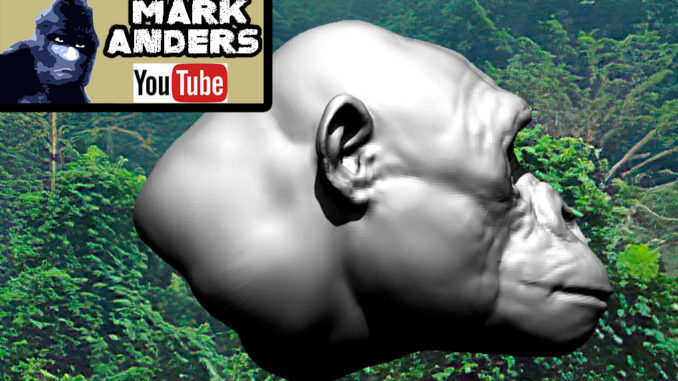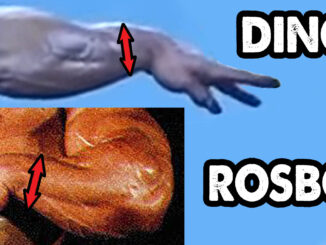
There has been a dearth of comprehensive information regarding the Billy ape, owing to the complexities of conducting research within the Democratic Republic of Congo, a region fraught with civil unrest and the ever-present threat of poaching, compounded by the presence of the Ebola virus. Initial reports regarding the Billy ape indicated their potential height, reaching a towering six feet and six inches, a stature akin to that of many professional basketball players, which would indeed be an astounding phenomenon within the realm of primatology. However, recent updates suggest a slightly more modest height, with estimates resting at five feet and five inches, still surpassing the dimensions of the conventional chimpanzee with which we are familiar.
Certain conjectures pertaining to the Billy ape’s predatory behavior, specifically their alleged prowess as lion hunters, have been dismissed upon careful analysis of scat tests, which offer insights into the dietary preferences of these enigmatic apes. No traces of big cat consumption have been identified, and although there is a singular report of scavenging a leopard, substantiating evidence for regular predation on lions or leopards remains scant.
Initial speculations regarding a hybrid lineage, suggesting a cross between chimpanzees and gorillas, have been replaced by a more accurate understanding of the Billy ape’s genetic affiliations. Recent reports establish a close relationship with the eastern chimpanzee, scientifically known as Pan troglodytes, thereby disassociating them from the bonobo lineage. Consequently, the Billy ape can be placed within the broader context of conventional chimpanzees.
A meticulous examination of morphological distinctions between chimpanzees and gorillas reveals several notable distinctions. Gorillas exhibit relatively smaller ears, displaying minimal variation within the species. In contrast, chimpanzees feature more prominent, adaptable ears, characterized by variations between subspecies, including the bonobo. The size and structure of the sagittal crest, a bony ridge atop the skull, differ significantly between these species. In gorillas, the crest is more pronounced and blends into the massive neck muscles, forming a singular mass upon the shoulders, observable from the side. Chimpanzees, on the other hand, feature a lower sagittal crest, with the muscles attaching higher and creating a distinctive silhouette when viewed from the front, especially evident in bald individuals. A distinction in the muzzles of these apes is also apparent, with chimpanzees exhibiting a more prominent, protruding mouth, suggesting variations in both bone structure and soft tissue. Although similarities exist in the nasal bridge, the bridge of the chimpanzee’s nose tends to be broader, while gorillas typically display a narrower bridge that descends closer to the mouth, resulting in limited space between the lips and the lowest point of the nose. Furthermore, gorillas, in proportion to their overall cranial dimensions, tend to possess smaller eyes, characterized by pronounced brow ridges, while chimpanzees exhibit larger, more expressive eyes, with substantial variation in the height of their brow ridges. The structure of the forehead and cheekbones also diverges between the two species, with gorillas featuring more pronounced frontal and zygomatic regions, indicative of enhanced protective mechanisms around the eyes.
This morphological comparison underscores the nuances in the physical characteristics of chimpanzees and gorillas, facilitating a deeper comprehension of the distinctions within these primates. The technique of morphing, transitioning between these forms, is a valuable tool in the realm of comparative anatomy. Its potential applications extend far beyond the purview of primatology, and it may be employed to elucidate differences in various species, historical eras, or even among political figures. Its utility as a method of comparative anatomy is a promising avenue for further exploration and scientific inquiry.




Be the first to comment